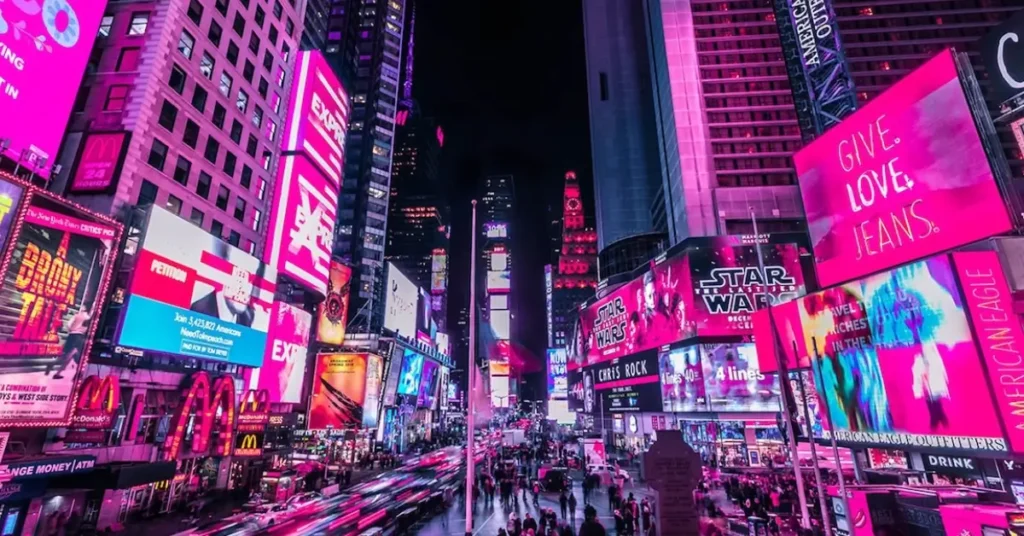
Deal Economics in a NYC Lease: What You Need to Know
Office space is often a company’s second-largest expense, after salaries. Therefore, understanding the financial terms of a lease is crucial for maintaining profitability. Here’s a breakdown of typical economic terms in NYC leases:
Class A Buildings
In Class A buildings, where rents are typically higher, the economic terms are usually more straightforward.
- Base Rent:
This is the minimum rent owed to the landlord, expressed annually, monthly, or per square foot.- For a five-year lease, the base rent usually remains constant.
- For a ten-year lease, it commonly increases by 5-10% in the sixth year.
- For a seven-year lease, the adjustment depends on the parties’ negotiation leverage.
➡️ For insights into how lease lengths affect negotiation leverage, read Why Length of Lease Matters.
- Additional Rent:
This covers the landlord’s increasing expenses over time.- Operating Escalation: This can be either a pro-rata share of increased operating expenses or a fixed annual increase (e.g., 3% of the base rent). A pro-rata share is generally more favorable for tenants.
- Reasoning: A fixed percentage escalation compounds over the lease term, while a pro-rata share is based on the actual increase in the landlord’s operating costs.
- Real Estate Tax Escalation: This is a pro-rata share of the increase in the building’s real estate taxes. Tenants only pay their share of the increase over the base year, not the total taxes.
- Example: If taxes increase $50,000 and the tenant occupies 5% of the building, they pay 5% of $50,000, or $2,500.
- Electric: This is a separate charge, typically calculated in one of three ways:
- Direct Meter: The tenant pays the utility company directly.
- Submeter: The landlord charges based on actual usage plus an administrative fee.
- Flat Rate: A fixed rate per square foot (e.g., $3.35–$3.50).
- After-Hours HVAC: Class A buildings typically provide HVAC during standard business hours; usage outside these hours incurs an additional charge.
➡️ For examples of premium leases and costs in Class A buildings, explore The Strength of Manhattan’s “Better Buildings” in the Midtown Core.
- Operating Escalation: This can be either a pro-rata share of increased operating expenses or a fixed annual increase (e.g., 3% of the base rent). A pro-rata share is generally more favorable for tenants.
Class B & C Buildings
While base rent, additional rent, and electric charges are similar in Class B and C buildings, these buildings are often not full-service. Landlords may impose additional charges that vary from building to building. These charges require careful evaluation.
- Office Cleaning: Unlike Class A buildings, tenants in Class B and C buildings usually hire their own cleaning and rubbish removal services.
- Costs: Cleaning services can range from $2.00 to $3.00 per square foot, and rubbish removal from $0.15 to $0.50 per square foot.
- Water/Sprinkler Charge: Landlords may pass on water and sprinkler system costs, typically ranging from $0.25 to $0.50 per square foot.
- Security Guard: Similar to water/sprinkler charges, landlords may pass on security guard costs, typically ranging from $0.25 to $0.50 per square foot.
- AC Maintenance: Tenants often have their own AC units in these buildings, providing control over usage but requiring them to handle maintenance costs.
➡️ For tenants considering flexible leasing options or subleases in such buildings, read Direct Lease vs Sublease: Weighing the Pros and Cons in NYC’s Office Market.
I’d be happy to further explain these charges or assist you in budgeting for your new lease.
📧 Paul.Walker@cbre.com
📞 212-984-7117
About the Author
Paul Walker
As a commercial real estate broker specializing in all facets of office leasing for over 30 years, I’m also a proud native New Yorker with a deep love for this city. My commitment to my community is reflected in my founding of two real estate charity events and consistent involvement in professional organizations. Outside of work, I enjoy live music, movies, basketball, tennis, podcasts, and a continuous pursuit of knowledge, especially regarding history and the fascinating story of New York.
